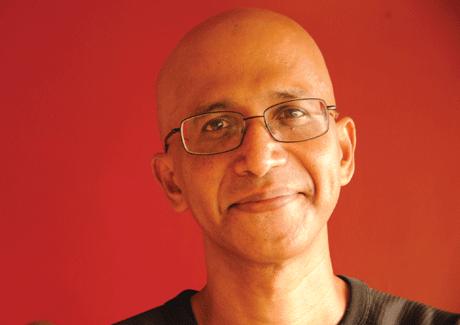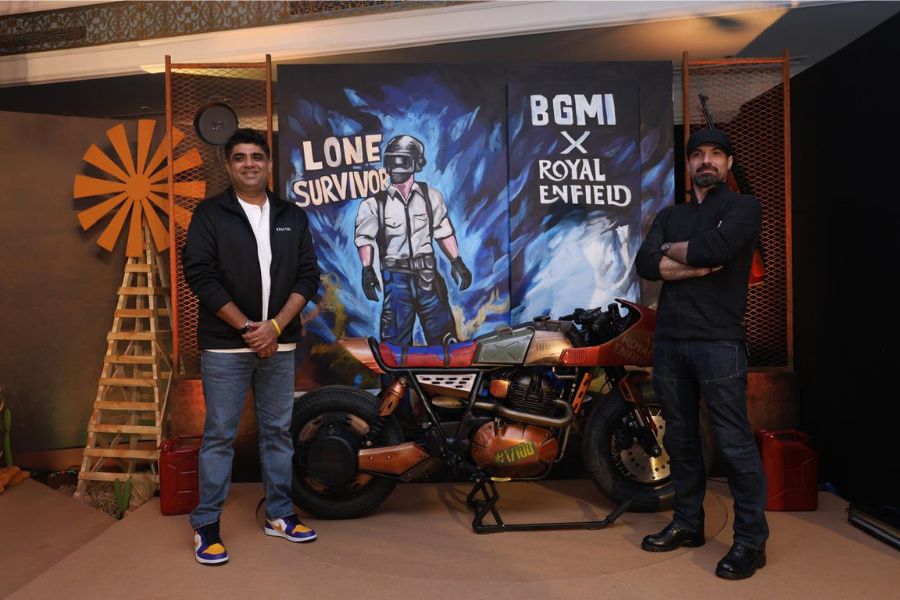Last week, the equivalent of the Nobel Prize in architecture, the Pritzker Architecture Prize, went to Wang Shu, an architect from China.
When I checked the list of previous laureates (since 1979), I couldn’t find a single Indian.
The same week, Piyush Pandey became the first Asian recipient of the most prestigious advertising award, the Clio Lifetime Achievement Award.
That got me comparing architecture and advertising: Which profession has served its purpose better?
There are striking similarities.
Both are hired and paid by clients, but create for consumers of those clients: they serve two customers.
Both involve a totally customised solution for any given problem: a high level of creativity is involved.
Both have functional objectives and aesthetic objectives: ‘Firmitas, Utilitas et Venustas’ (‘Strength, Utility and Beauty’) said Vitruvius, the father of Roman architecture.
It’s only when we study the products of these two professions that the similarities end.
Advertising came out of cinema halls and English newspapers and walked into Indian living rooms in 1982, with the Asiad colour TV boom.
Writers and art directors stopped writing for each other, they started writing for the consumer; in the consumer’s language.
Indian advertising became mainstream Indian in its flavour, nuance, tone...achieving its marketing purpose and ROI.
The advertising professionals discovered self-respect.
They stopped looking at West while creating: the more Indian the product became, the more awards Indian advertising garnered.
Meanwhile, what happened to architecture?
Remember any mainstream housing project that is uniquely Indian in function or design?
Any commercial premises?
Wannabe Portuguese, wannabe Thai, wannabe Mediterranean, yes.
But Indian?
No, I don’t.
What we have is blue-glass-boxes-cum-heat-sinks that guzzle electricity for cooling as commercial premises.
Or hideous imitations with Greek columns as houses.
Worse, our architects seem unaware that Indians put out their clothes for drying in the sun: hence multicolored underwear decorates expensive towers.
Or that it rains in India: hence no protection from the monsoon even in the so-called palazzos!
This, in a country that solved most problems of tropical living just through architecture.
Want proof? When in Chennai next, just make a quick trip to Dakshina Chitra.
This, in a country that as late as 2006 finished the world’s largest unsupported stone dome at Gorai beach in Mumbai (Brief: ‘It must last one thousand years’) using traditional artisans
Why this poverty of ideas and neglect of basics among architects?
Is it the education?
Is it the customer demanding faux foreign looks?
Laziness?
Demand outstripping supply?
I don’t know.
One theory suggests lack of self-respect.
What is your diagnosis?




